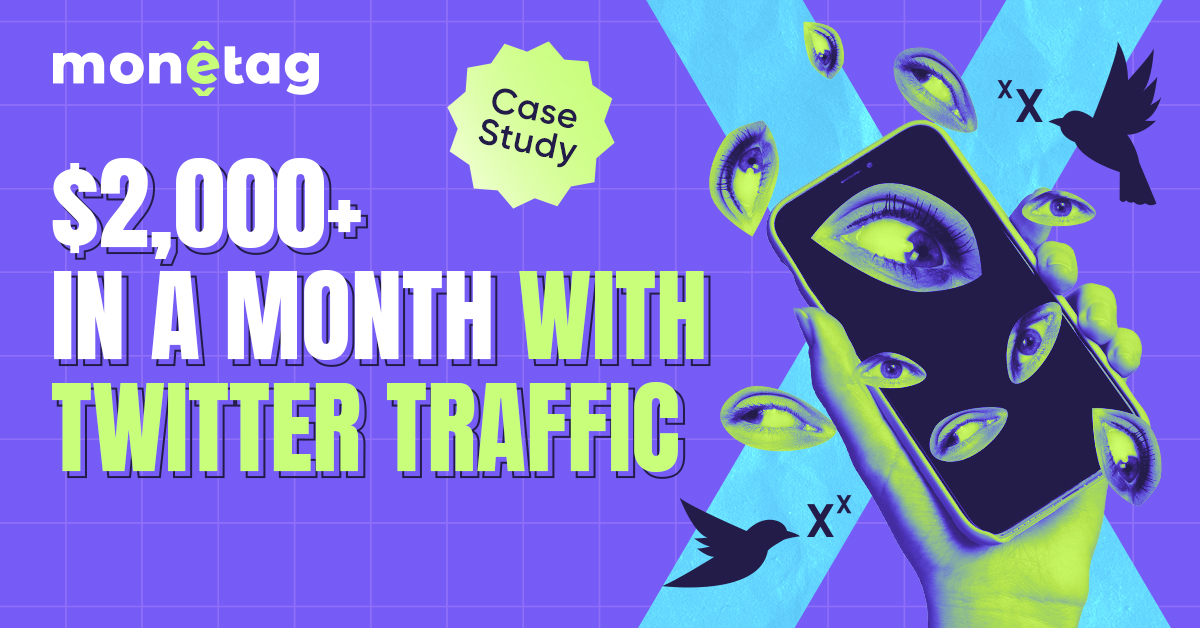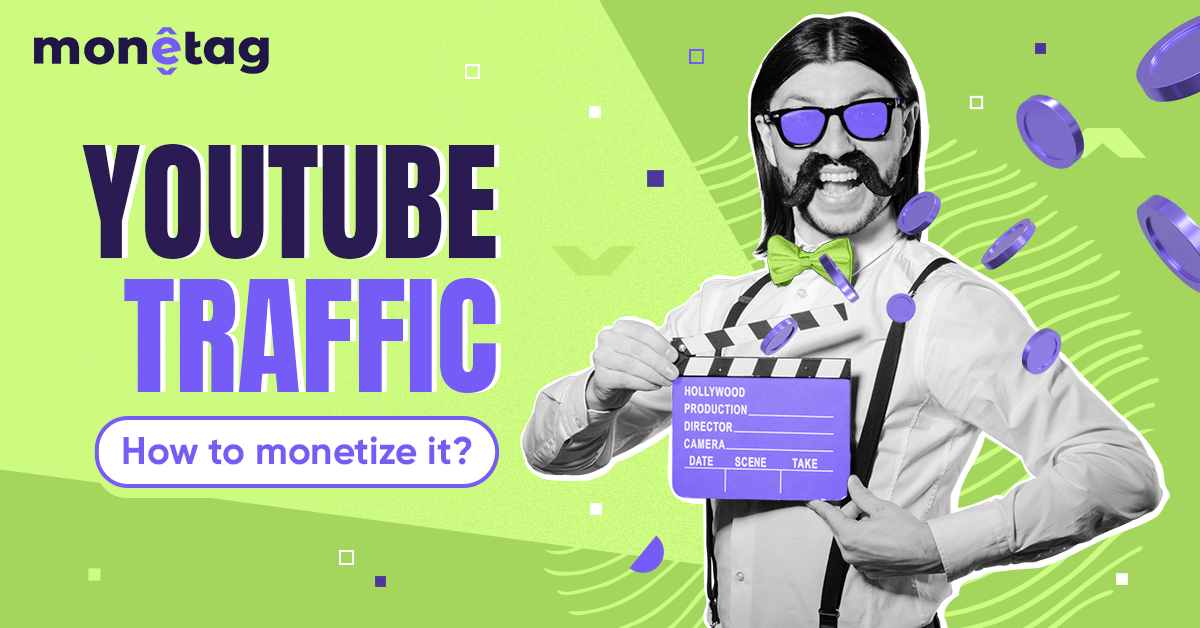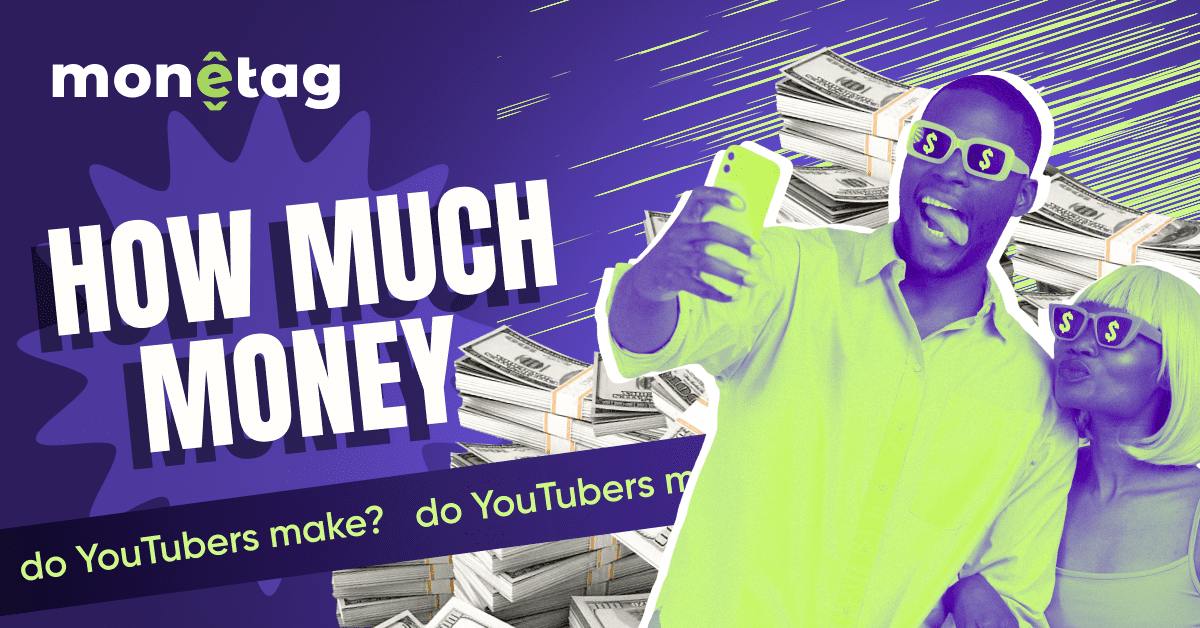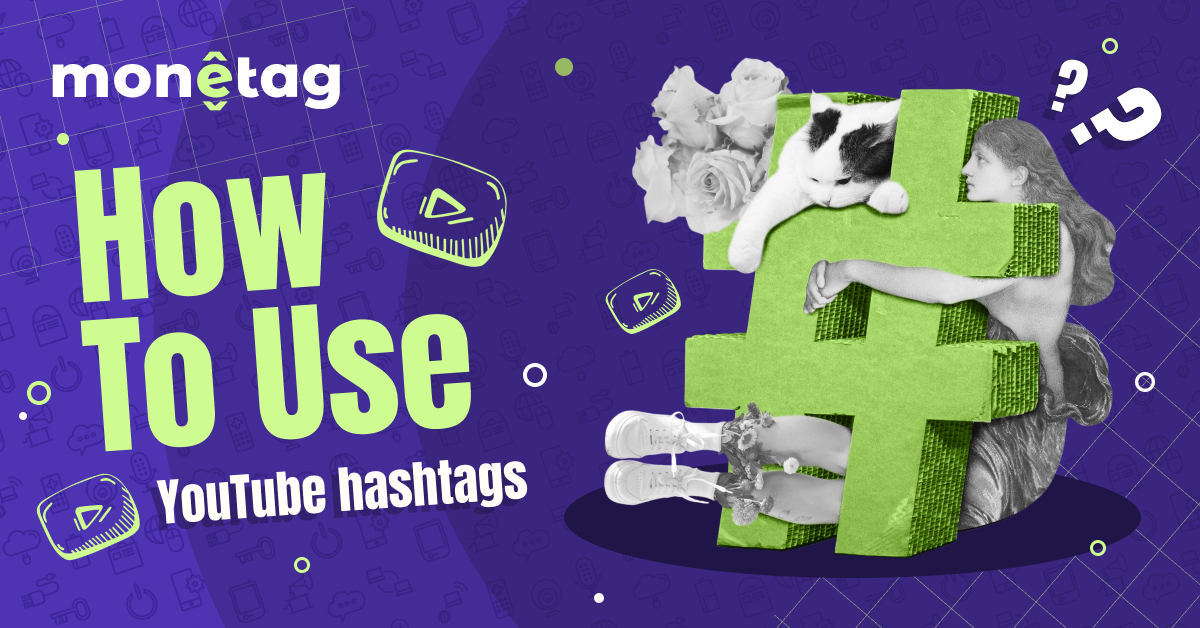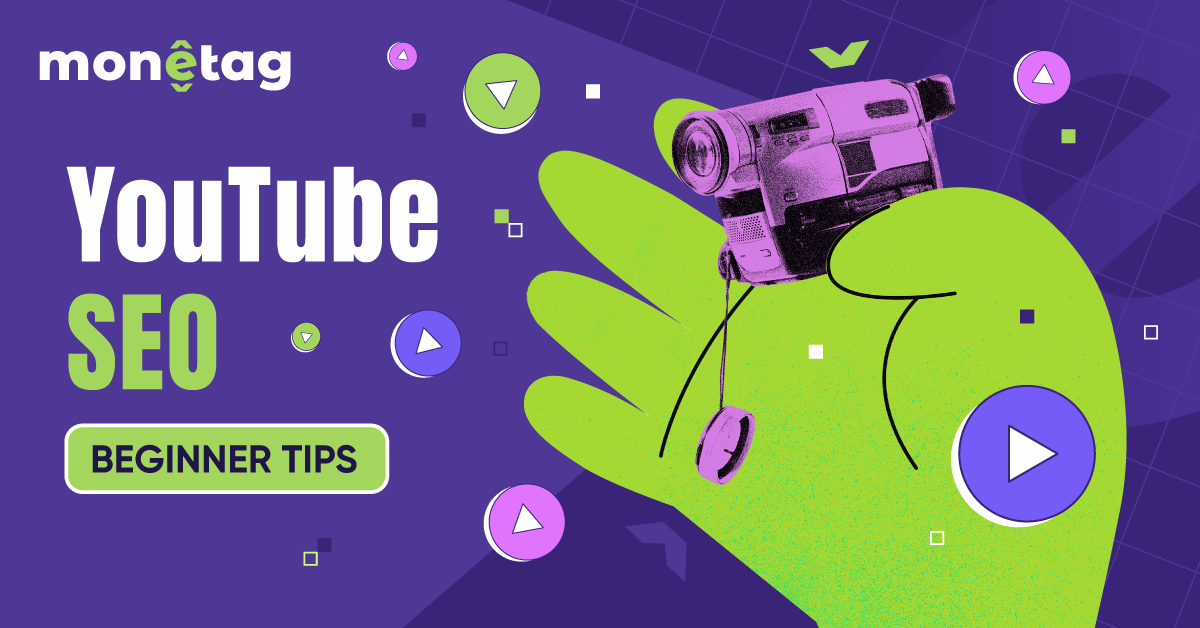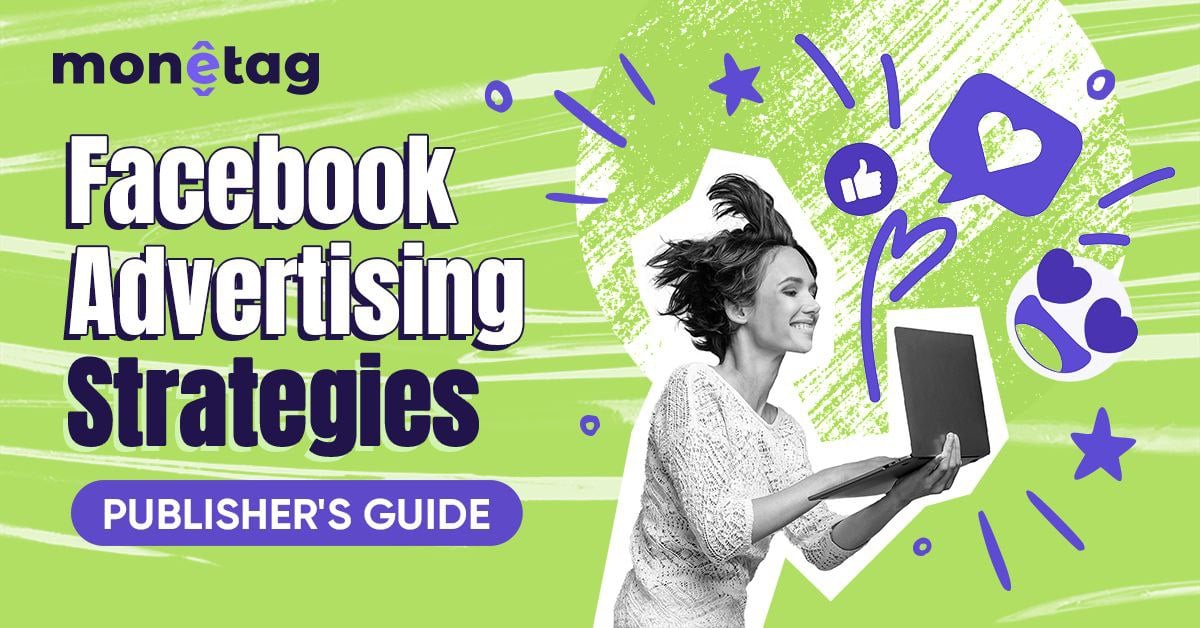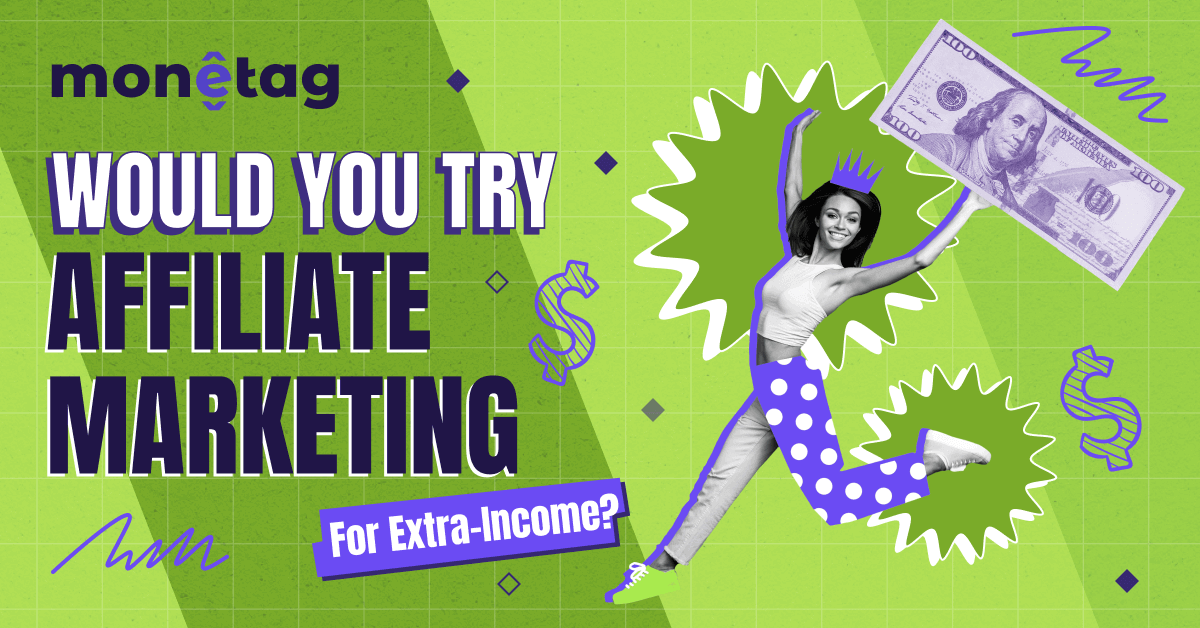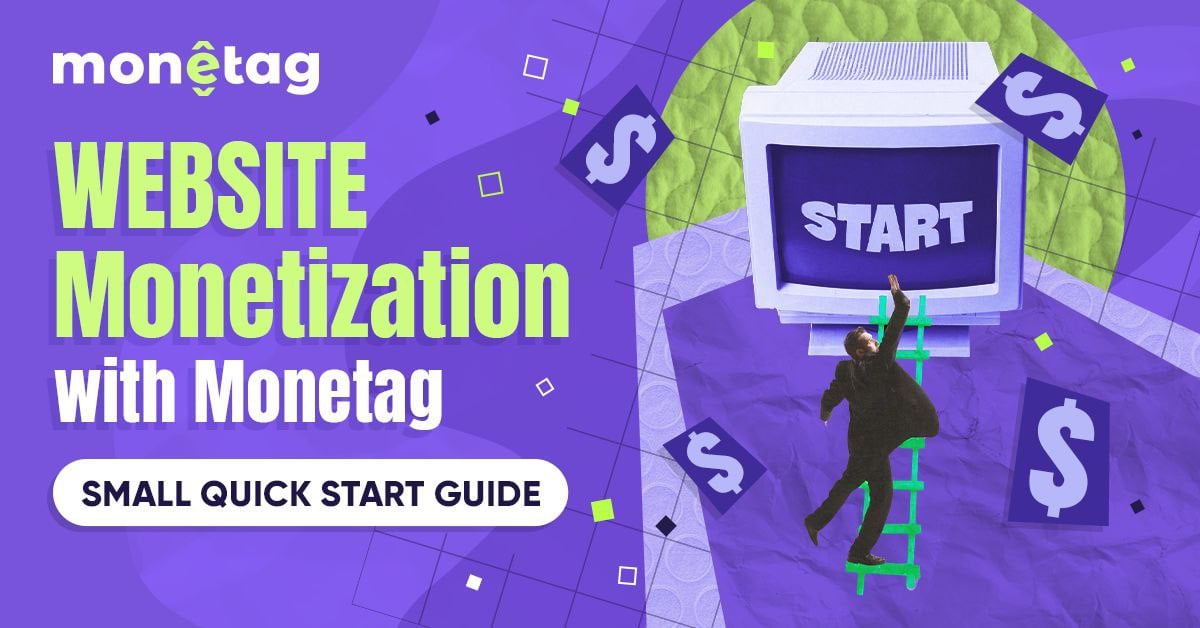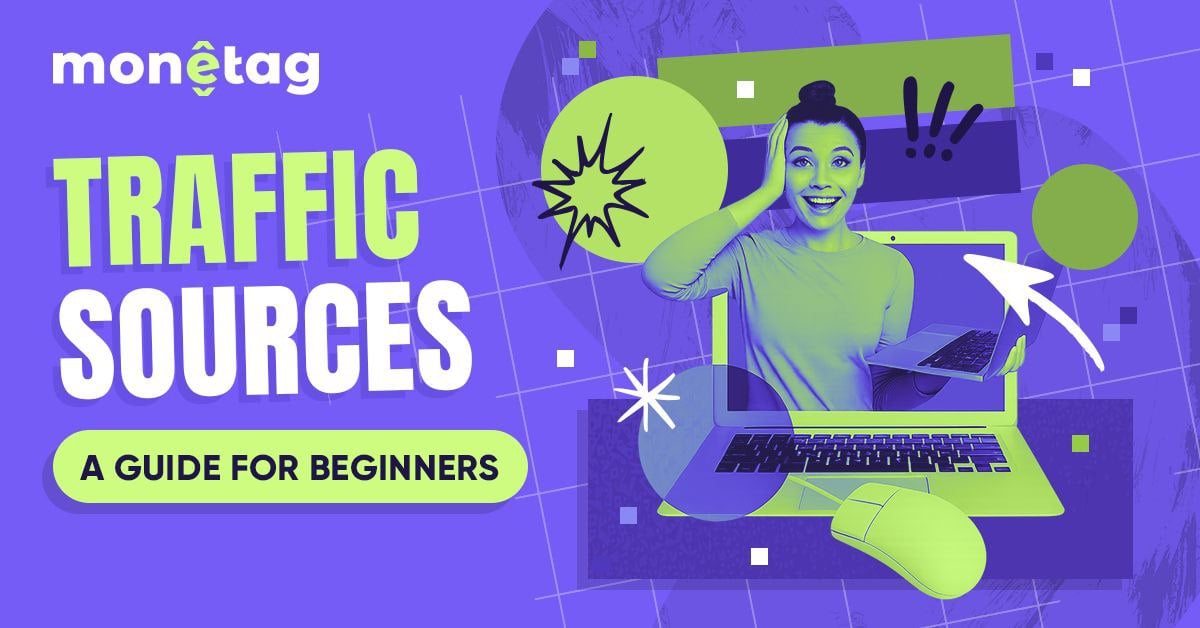| Feature | Twitter (X) | YouTube |
|---|---|---|
| Approval Process | Instant (but ad revenue needs X Premium) | 1K subs + 4K watch hours (or 10M Shorts views) |
| Primary Earnings | Ad revenue sharing, tips, subscriptions | Ad revenue, sponsorships, memberships |
| Content Type | Short posts, threads, occasional videos | Long-form videos, Shorts, live streams |
| Payout Stability | Unpredictable | More consistent (once monetized) |
| Best For | Quick engagement, viral content | Deep dives, tutorials, and entertainment |
Twitter vs. YouTube Monetization: Which Platform Pays Off Better?
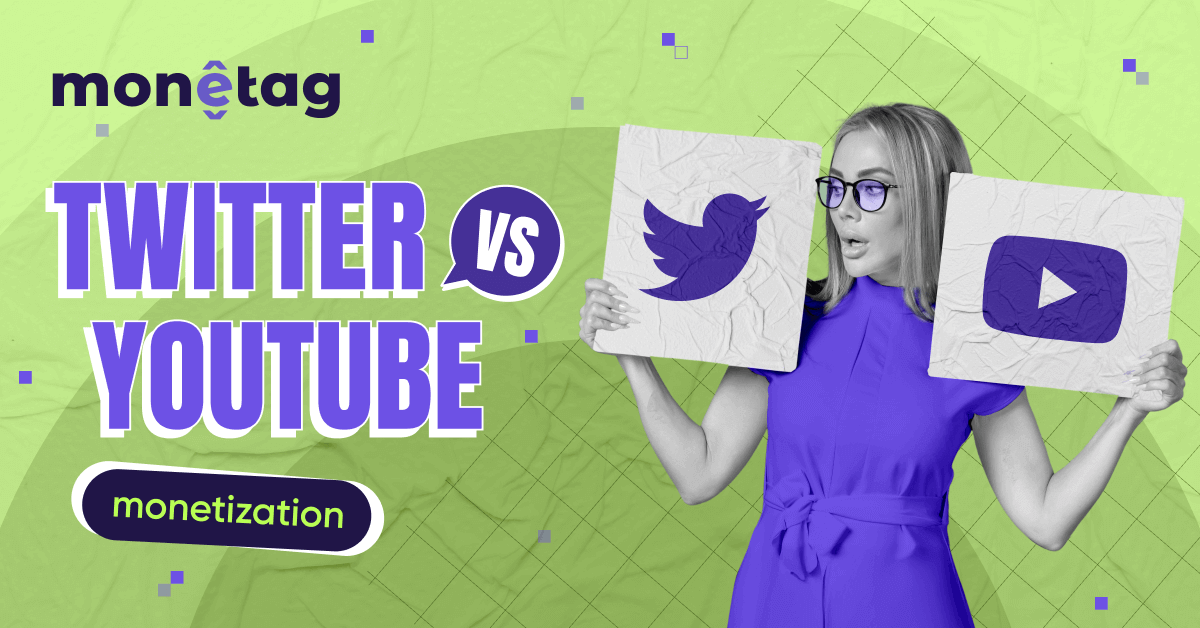
If you’re a publisher, webmaster, or website owner looking to monetize your content, you’ve probably considered Twitter (now X) and YouTube.
Both platforms offer ways to make money, but they work very differently.
So, which one is better for you? Let’s break it down.
How Twitter Monetization Works
Twitter’s monetization options have changed over the years, especially after Elon Musk took over and rebranded it as X. Here’s how you can make money with Twitter right now:
1. Ad Revenue Sharing (X Premium)
Twitter now shares ad revenue with creators, but only if you’re subscribed to X Premium (formerly Twitter Blue). To qualify, you need:
- At least 15 million impressions in the last 3 months
- 500+ followers
- An active X Premium subscription
Payouts depend on engagement — more views and interactions mean more money. But the exact rates aren’t transparent, and some creators report inconsistent earnings.
2. Subscriptions (Super Follows)
You can offer exclusive content to paying subscribers. Followers pay a monthly fee (set by you), and Twitter takes a 10% cut after app store fees. This works best if you already have a loyal audience.
3. Tips (One-Time Payments)
Users can send you tips via third-party payment apps like PayPal or Patreon. This is entirely dependent on your audience’s willingness to support you.
Pros of Twitter Monetization
The biggest advantage of Twitter monetization is that it’s quick to get started. Unlike YouTube, you don’t need thousands of subscribers or watch hours before you can start earning.
- Faster to start (no lengthy approval process like YouTube)
- Direct engagement with followers
- Multiple revenue streams (ads, tips, subscriptions)
Cons of Twitter Monetization
The main downside here is that payouts can be unpredictable. If your posts don’t go viral or if engagement drops, your earnings can disappear just as fast as they came.
- Unpredictable payouts
- Requires X Premium for ad revenue
- Harder to earn big unless you’re viral
How YouTube Monetization Works
YouTube has been the go-to platform for video creators for years, and its monetization system is more established. Here’s how it works:
1. YouTube Partner Program (YPP)
The YPP serves as the gateway to most of YouTube’s monetization features. The 1,000 subscriber and 4,000 watch hour requirements ensure creators have established some audience traction before monetizing. Once approved, creators gain access to several income sources:
- Ad revenue functions as YouTube’s core monetization method. The platform’s sophisticated ad placement system serves pre-roll, mid-roll, and display ads with revenue sharing that varies by content category and viewer location. Unlike Twitter’s opaque payment system, YouTube provides detailed analytics about ad performance and earnings.
- Channel memberships allow creators to offer subscriber-only benefits similar to Twitter’s Super Follows, but with more tiered options and better integration with channel features. The ability to offer multiple membership levels at different price points gives creators more flexibility in monetizing their most engaged viewers.
- Super Chats & Super Stickers monetize live interactions during streams, creating real-time earning potential that Twitter’s tipping system can’t match in scale or visibility. The colorful, prominent display of Super Chats during live chats encourages participation through social proof.
YouTube Premium revenue shares income from Premium subscribers who watch your content, adding an additional revenue stream that rewards creators for view time rather than just ad impressions.
2. Sponsorships & Affiliate Marketing
YouTube’s video format lends itself particularly well to sponsored content and product placements. The platform’s longer content duration allows for more natural integrations compared to Twitter’s character-limited posts.
The YouTube Studio dashboard even includes built-in tools for managing brand deals and disclosures, reflecting how central sponsorships are to many creators’ business models.
3. Merchandise & Crowdfunding
YouTube’s merchandise shelf and Patreon integration demonstrate the platform’s recognition that successful creators need diversified income streams. These features allow seamless promotion of physical products and premium content without requiring viewers to leave YouTube’s ecosystem.
Pros of YouTube Monetization
The best thing about YouTube? Once you’re in the Partner Program, you can make money in different ways — not just from ads. That means if one income source slows down, you still have others to fall back on.
Plus, YouTube keeps recommending your old videos to new viewers, so you can earn money long after you’ve posted. Twitter’s tweets disappear fast, but YouTube videos keep working for you. And with YouTube’s clear stats, you can see what’s making money and adjust your strategy.
Basically, YouTube pays off over time if you’re willing to build your channel. It’s not a quick cash grab, but it’s more reliable than Twitter in the long run.
- More stable earnings (if you meet YPP requirements)
- Multiple income sources (ads, sponsorships, memberships)
- Better for long-form content
Cons of YouTube Monetization
The hardest part about making money on YouTube? Getting started. You need 1,000 subscribers and either 4,000 hours of watch time or 10 million Shorts views before you can even apply to earn money. That’s tough for new creators. And even if you hit those numbers, YouTube might take weeks to approve you.
YouTube also has strict rules about what content can make money. If your videos are about iffy topics – even if they’re perfectly legal – you might never get approved.
The platform wants content that advertisers will like, so creators often avoid controversial subjects that might do well on Twitter.
- Harder to get approved (1K subs + 4K watch hours)
- Ad rates fluctuate (some niches pay more than others)
- Requires consistent video production
Twitter vs YouTube Monetization Differences
Which Should You Choose? Twitter or YouTube Monetization?
Which platform is better for you? It depends on what you create and how you want to make money.
Pick Twitter if:
- You prefer writing over video creation
- You have a highly engaged, fast-moving audience
- You’re okay with variable earnings
Pick YouTube if:
- You enjoy making videos
- You want more stable, long-term income
- You’re willing to build a larger following before monetizing
Can You Do Both?
Absolutely. Many creators cross-post content, using Twitter to drive traffic to YouTube or vice versa. If you have the time, diversifying your platforms can maximize earnings.
Final Thoughts
There’s no clear winner in the Twitter vs. YouTube monetization debate.
Twitter is quicker to start but less reliable, while YouTube takes more effort but offers better long-term potential.
Your choice depends on your content style, audience, and how much work you’re willing to put in.
So, which one fits you better — Twitter monetization vs YouTube monetization? Or will you try to make money with both Twitter and YouTube? Either way, consistency is key. The more you post, the better your chances of earning.

